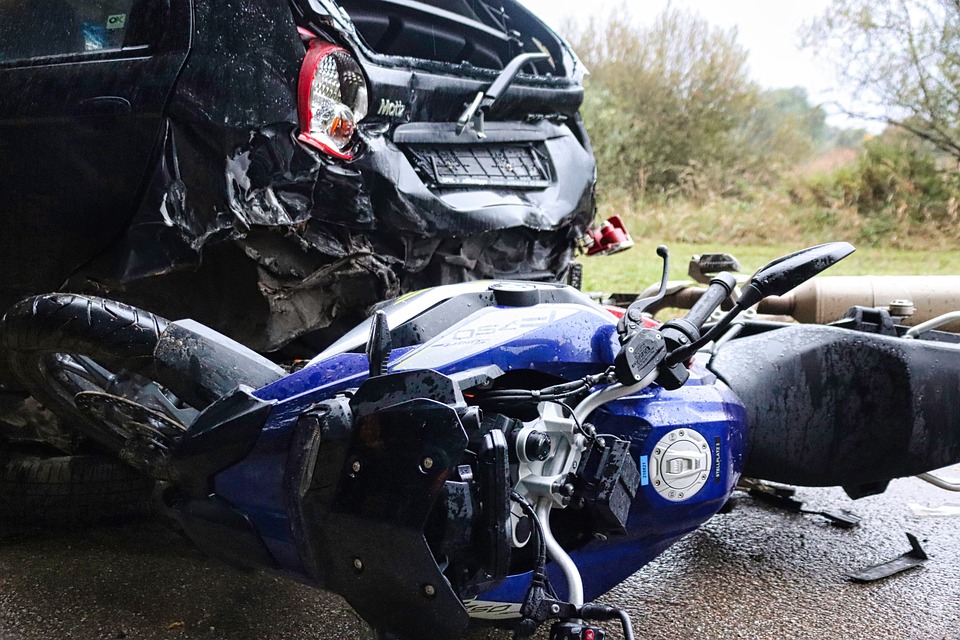Table of Contents
Every ride on your bike is a journey into the unknown. Sometimes, you encounter the perfect ride, you and the bike as one, carving each corner precisely, the traffic light, the sun shining. But even with the most cautious approach, bad journeys, namely accidents, can still happen.
In the chaotic moments after a motorcycle accident, your immediate actions can make all the difference between safety, a swift recovery, and the thing we all don’t want to think about, injury or death. As those crucial moments directly after everything has stopped moving count, we’ve put together a comprehensive guide on what to do immediately after a motorcycle accident, so you can stay informed and prepared in case the unthinkable happens.
Prioritize Safety Above All
Many would call this a “no-brainer,” but in those moments after an accident has happened, your brain will very likely be spiking on adrenalin and endorphins. In that mental chaos, your safety and the safety of others involved should be your top priority. If you can, and will not be worsening or potentially causing an injury, move yourself out of the road after hitting your bike’s kill switch. If you’re able, and honestly, don’t push it if you’re even thinking you have an injury, move your your motorcycle out of the road as well to a safer location. If it’s a mangled mess, leave it where it is and get yourself safe.

Safe, in this context, means all the way off the road, including beyond the hard shoulder on the highway and freeway if at all possible. You want to be as far from traffic, and behind protection like a guard rail or bollard if you can be.
If your bike is able to be moved and doing so will not aggravate any injury, put down the kickstand, and get it as far off to the side of the road as possible. If doing so won’t be dangerous, turn the key to the accessories stop and turn on your hazard blinkers. If it’s not safe, use an electric road flare or reflective marker behind your bike. If none of those are with you and available, or there is the smell of a fuel leak or dangling, exposed wires, then leave your bike by the side of the road as is with the kill switch on and the key to the fully off position.
Contact Emergency Services
Emergency services are your lifeline in the moments after an accident. Assess the situation with a triage style mindset: Immediate dangers, then injuries, then levels of damage and information gathering. Call 9-1-1 (or your national emergency services number if not in North America) and report in a paced, clear voice your assessment. For example:
“I have been in an accident on my motorcycle. It is at Intersection H and Y. My left wrist feels broken, and the driver of the car that was involved is bleeding from their forehead. I can’t move my bike as the front suspension has been broken off, it’s blocking the intersection and leaking fuel.”
Ten to twenty seconds, and the emergency operator has all the base information they need to dispatch appropriate services, which in this hypothetical situation is all three: Police for traffic control and investigation; Fire for hazmat cleanup of the leaking fuel; Ambulance for both yourself and the injured driver.
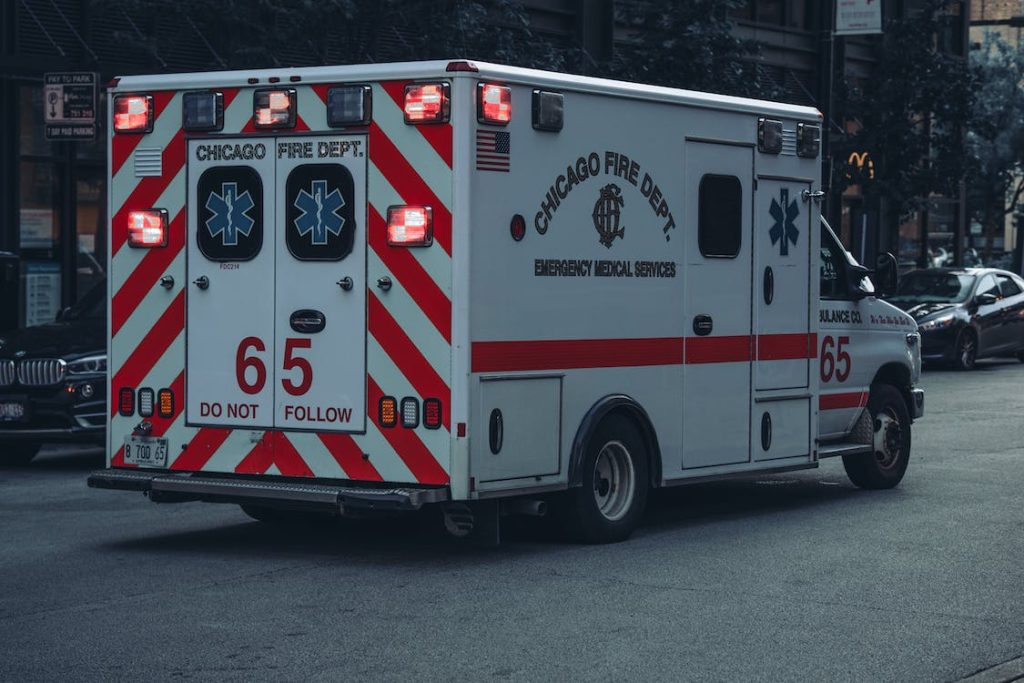
It is crucial to remember this next fact: Even if you think your injuries are minor, get evaluated by medical professionals to rule out hidden injuries. You can feel perfectly fine, but have internal bleeding that paramedics and EMS are trained to investigate and assess for. This assessment, even if you don’t go to the hospiotal, will also begin the documentation process for any legal or insurance claims.
Gather Crucial Evidence
Now that the emergency services are on the way, while the accident is still fresh in your mind, gather as much evidence as possible. Take photos of the accident scene, damaged vehicles, road conditions, and any visible injuries with your smartphone or have someone take them for you and MMS/email them to you if you are unable to take them yourself.
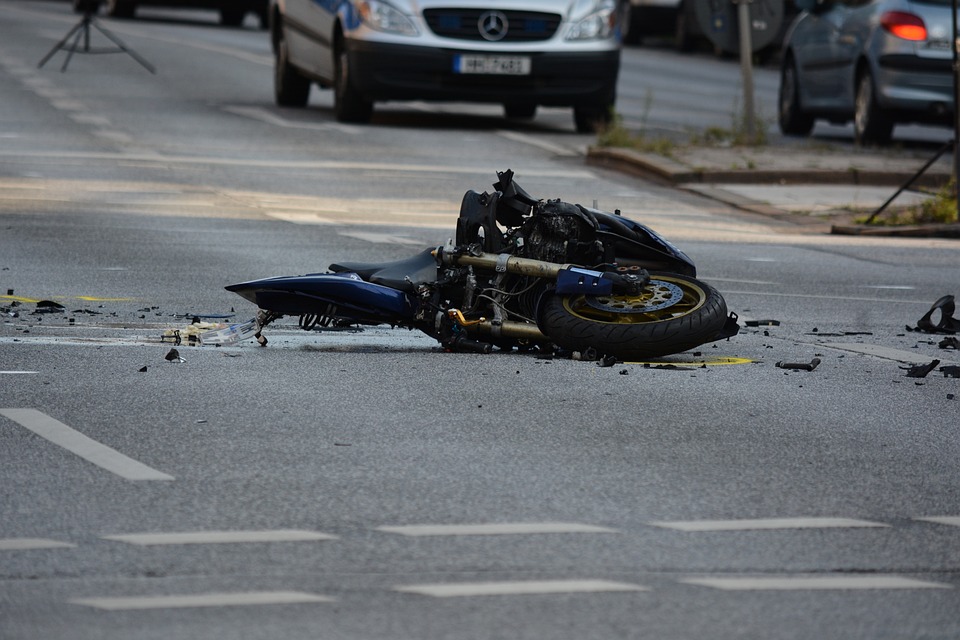
Exchange contact and insurance information with the other parties involved, and gather statements from any witnesses. In some jurisdictions, these need to be written and signed, while in others, video testimony is accepted as admissible. These details can play a pivotal role in proving fault and ensuring you receive any compensation and coverage you are entitled to.
Document the Accident
In the midst of the chaos of an accident, when you’re brain is firing at a million miles an hour, it’s easy to forget important details. As soon as you can, write down your own account of the accident, or as above, if admissible in your jurisdiction, make your own video statement and transcribe it later.
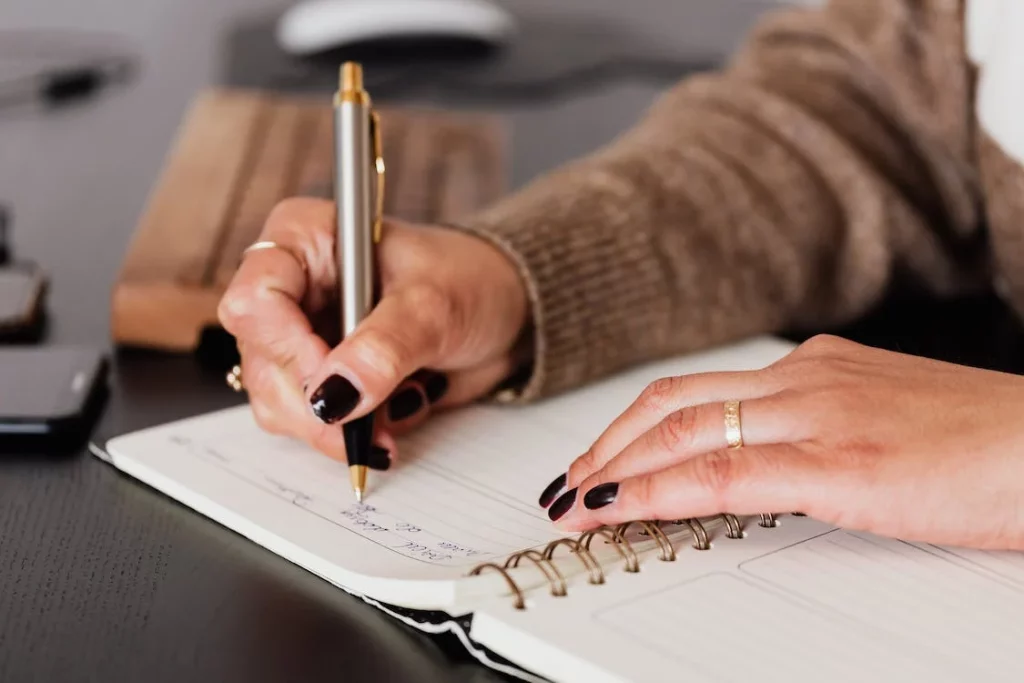
Important details to include are:
- Time
- Date
- Weather conditions (Clear and sunny, overcast, drizzle, downpour
- Level of visibility (for example, San Francisco is famous for being extremely foggy in the mornings)
- Traffic levels (No other traffic, light traffic, rush hour, et al)
- (If the accident was at an intersection) What color traffic lights were you facing
- License plate, make, and model of any other involved vehicles
- Any other contributing factors.
This written record/video and transcripotion can serve as a valuable resource when dealing with insurance companies or legal proceedings. Always keep a duplicate as well, in case the original is damaged or lost.
File a Police Report
If the police attend the scene of your accident, this process will begin almost immediately. If the accident is minor enough to not need any emergency services but there is damage or minor injuries involved, it’s essential to file a police report. Not only does a formal report provide an unbiased account of the incident and serve as official documentation of the accident, many insurance claims actually require you to provide a police case number to proceed with investigation and assessing fault and coverage.
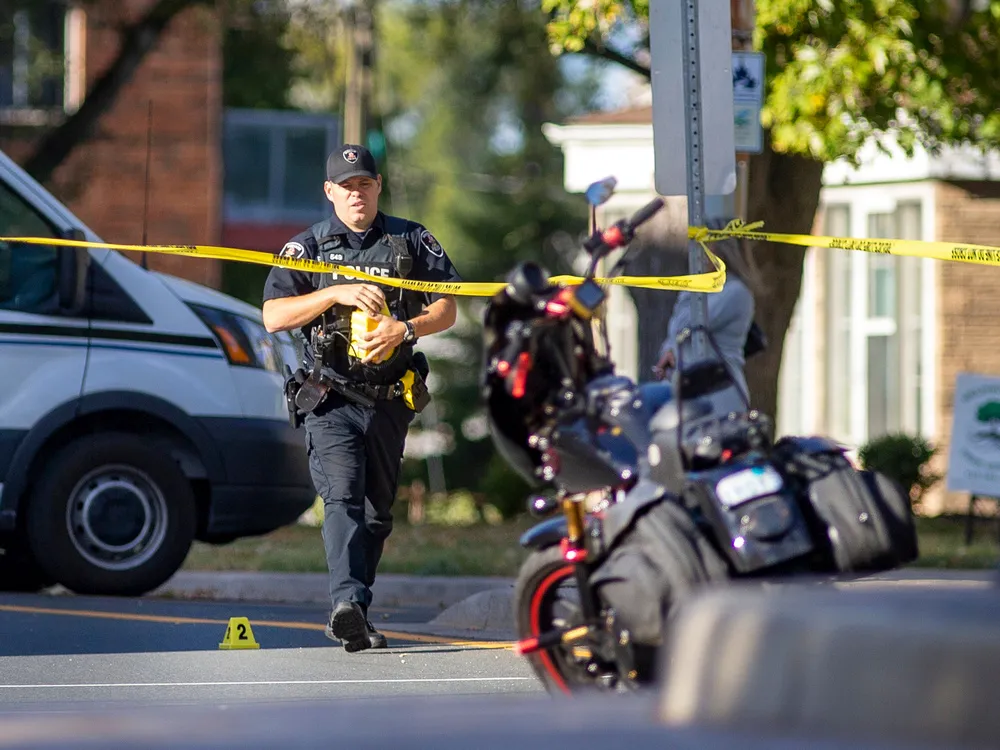
If legal proceedings arise out of the accident as well, having a police report on file is crucial to navigating through all the proceedings in court.
Consider Legal Support
In the aftermath of a motorcycle accident, it’s absolutely natural to have questions about your rights, coverage, and options. If the accident was caused by someone else’s negligence or was in any way not your fault, you may be entitled to compensation for repairs/write-off of your bike, medical expenses, lost wages, pain and suffering, and a whole slew of other things that insurance companies can seek on your behalf.
If the investigation, assessment, or proceedings end up in court, seeking legal counsel from experienced professionals can help you navigate the complexities of personal injury law and ensure that your rights are protected and you receive the correct compensation and coverage. When considering legal support, it’s crucial to consult with a knowledgeable motorcycle accident attorney who understands the unique challenges faced by riders.
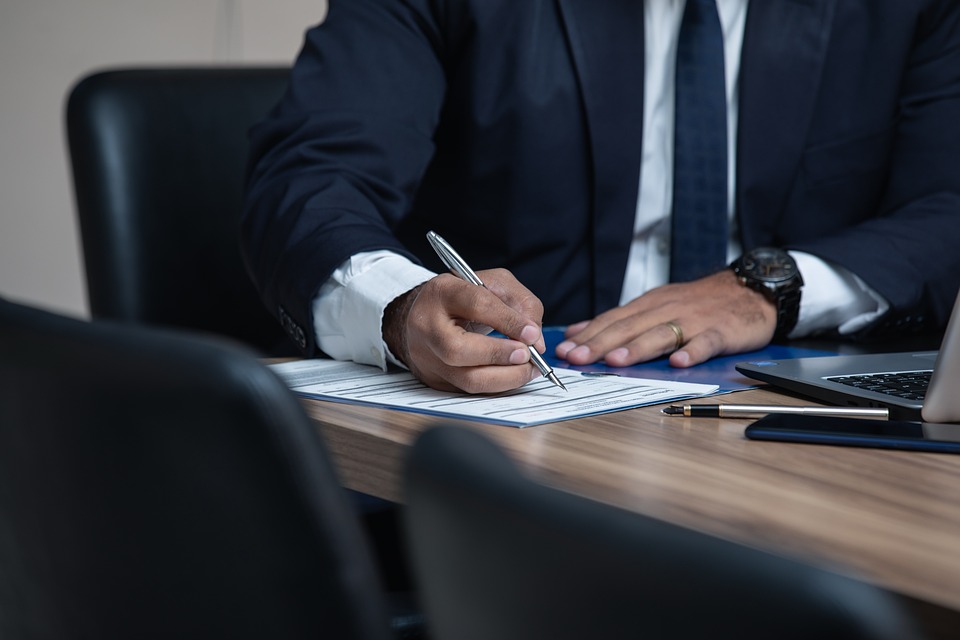
They can help you build a strong case, negotiate with insurance companies, and advocate for your best interests. They also know how to communicate the complexities of motorcycle riding to non-riders in an understandable way, and that alone can sometimes sway proceedings in your direction.
In reality, no-one wants to contemplate the aftermath of a motorcycle accident, but being prepared can make a world of difference. By prioritizing safety, acting swiftly, and seeking legal support if necessary, you can navigate the chaos in the immediate and long term aftermath of an accident with confidence.
Remember, knowledge is power, and being informed about the steps to take after an accident can help you protect your rights, your self, and prevent potentially missed compensation from escaping your notice.
